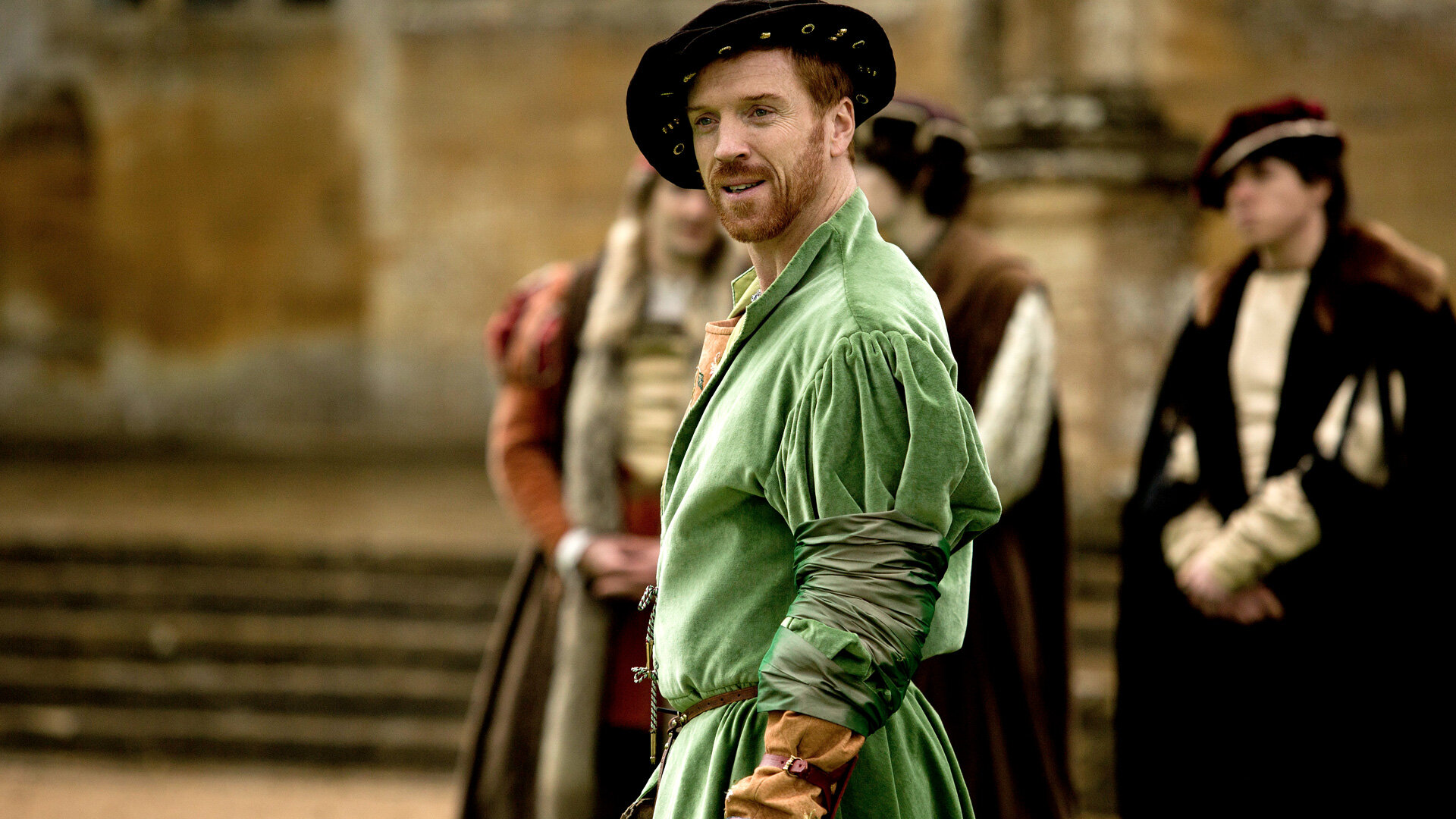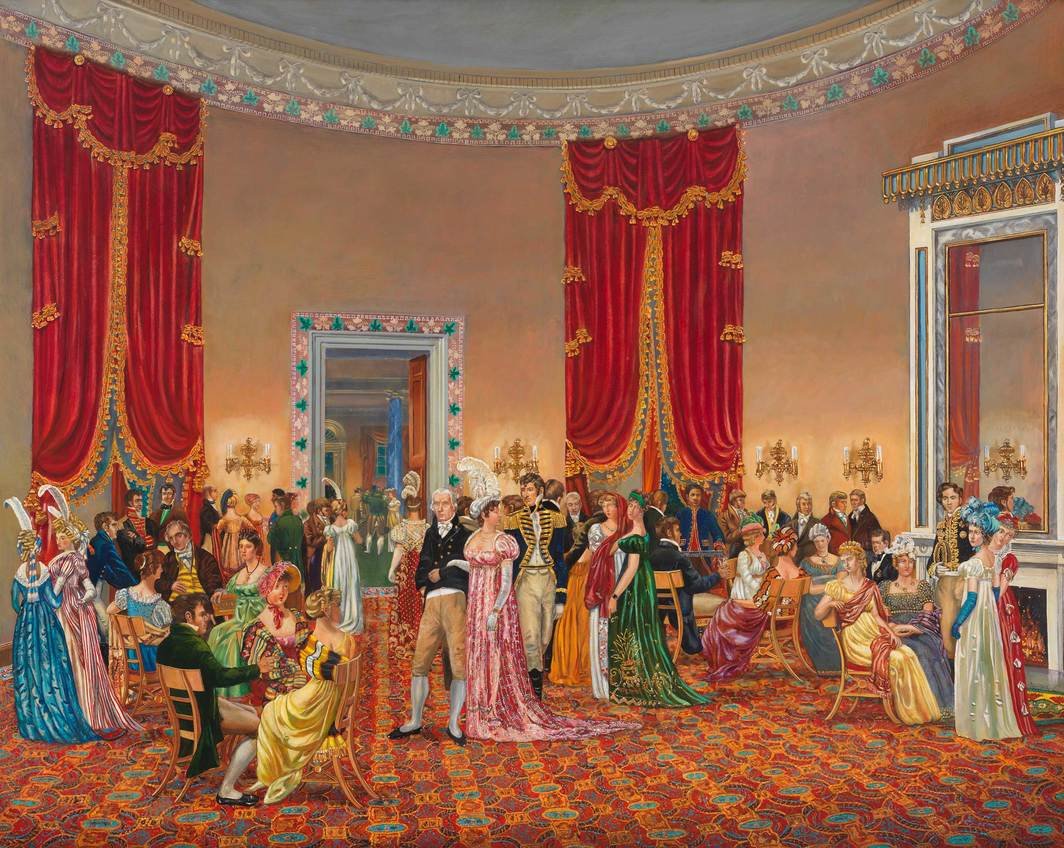How a Four-Year History Rotation Looks for Us
I love that four-year history rotation — but I also love learning about people who aren’t rich white men. Here’s a year-by-year guide to how we cover history, literature, and science in our homeschool, following a more inclusive history cycle.
One thing that I think has anchored our homeschool life is the four-year history rotation — and since history is the center of our homeschool, this ends up being the academic spine of what we do. I like this system because it gives us structure without a rigid to-do list — it’s a spine, but it can bend in all kinds of fun directions. I am not a traditionalist in terms of the things we cover — partly because the very classical model tends to leave out big chunks of the non-European world and partly because I want to focus on the stuff I enjoy and skip the stuff I don’t, which is totally personal opinion. The very classical model builds around four years: ancient history, middle ages to the Renaissance, reformation and colonization, and the “modern world” (which I put in quotation marks because it usually starts with the Victorians and doesn’t always get very much past WWII). That’s a fine plan if you like it, but we have switched it up so that we do the ancient world, European history, U.S. history, and Asian/African history, focusing on different periods as we revisit each era. So our homeschool plan ends up looking kind of like this:
Kindergarten
(I treat kindergarten like pre-1st grade, so we actually do the ancients twice in a row in K and 1st)
Literature: Origin myths from around the world
Science: The Big Bang and the origins of our solar system
1st grade
History: Ancient Egypt
Literature: World mythology
Science: Backyard astronomy
2nd grade
History: Medieval Europe
Literature: Medieval legends, historical fiction about the middle ages
Science: Weather cycles
3rd grade
History: Native American history
Literature: Native American myths and literature
Science: Scientific problem solving
4th grade
History: Chinese history
Literature: Chinese myths, literature, and historical fiction about China
Science: The laws of motion
5th grade
History: The Roman Empire
Literature: Julius Caesar, Roman myths, historical fiction about ancient Rome
Science: Astronomy
6th grade
History: World War I and World War II
Literature: Historical fiction and contemporary books set during World War I and World War II
Science: Biology
7th grade
History: The American Revolution and the Civil War
Literature: Historical fiction and contemporary books set during the Revolution and the Civil War
Science: Chemistry
8th grade
History: African history
Literature: African fiction
Science: Physics
Here’s the 8th grade reading list.
9th grade
History: Ancient Greece and Rome
Literature: Greek and Roman literature
Science: Astronomy
10th grade
History: The Enlightenment / The Victorians
Literature: Enlightenment literature / Victorian literature
Science: Biology
11th grade
History: U.S. History (with an emphasis on women, people of color, immigrants, and LGBTQ+ people’s lives)
Literature: American literature
Science: Chemistry
12th grade
History: Asian history
Literature: Asian literature
Science: Physics
Obviously other stuff happens in our homeschool! We do a lot of readalouds of newer books, and we often do separate classes around stuff we’re interested in (like dragons or Studio Ghibli adaptations or dystopian futures). We start Latin in 3rd grade and continue through 8th grade — then the kids choose what language they want to do for high school. We do math and critical thinking every year, and we do always include philosophy in our literature and history. Nature study is one of the things that we try to do every day, along with a little handwork of some kind. (Knitting and crocheting are the most popular now, but we’ve tried everything from soap carving to creative mending.) And the high school and middle school years are kind of interchangeable — my daughter didn’t start homeschooling until 2nd grade, so our cycles were off and we did U.S. history in 9th grade with no problems. But the history/literature/science cycle is the core of our homeschool, and it’s worked really well for us. (If there’s interest, some day I might do a full reading list for each year, so let me know if that’s something you would be interested in.)

















AMY SHARONY is the founder and editor-in-chief of home | school | life magazine. She's a pretty nice person until someone starts pluralizing things with apostrophes, but then all bets are off.